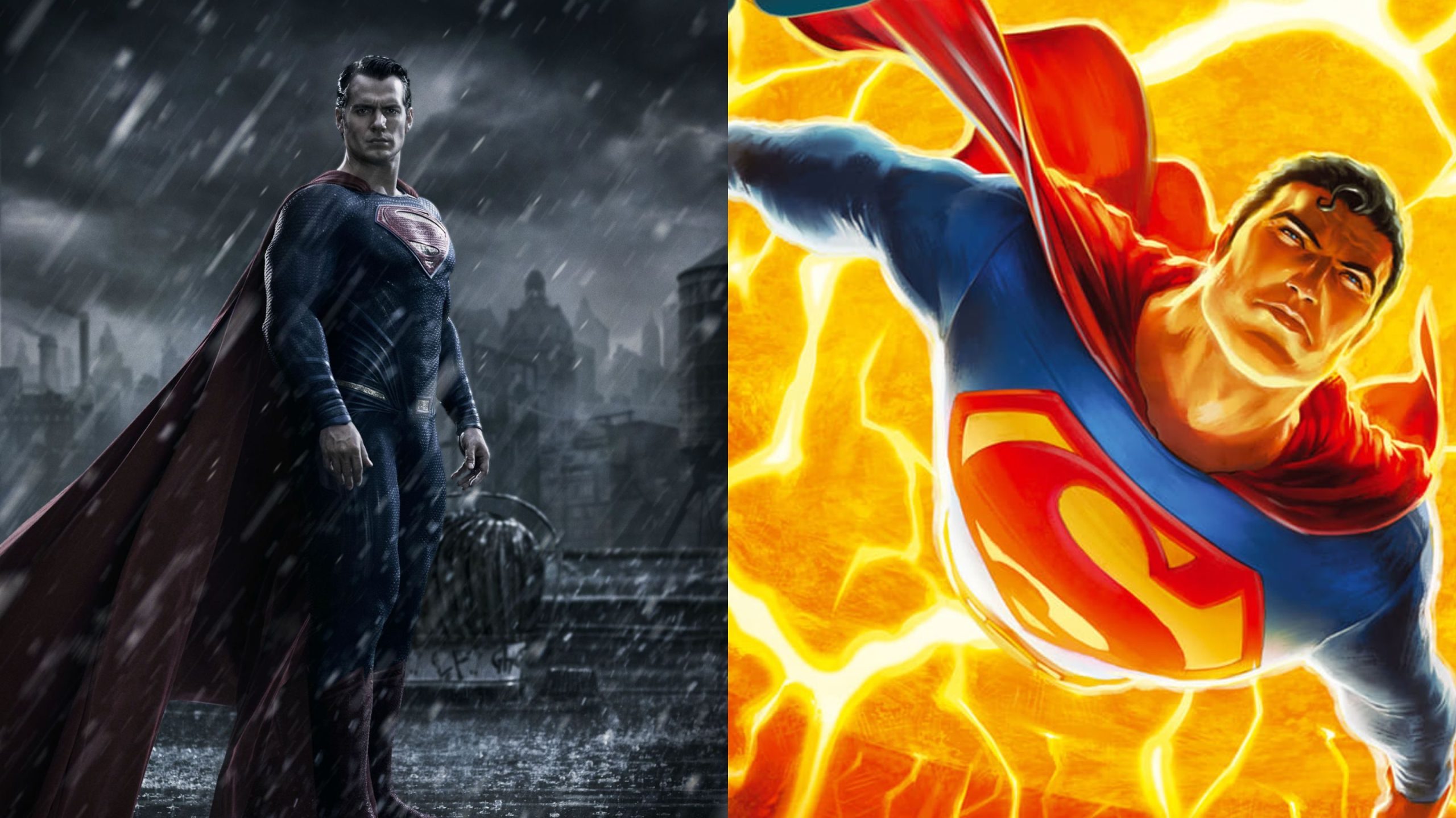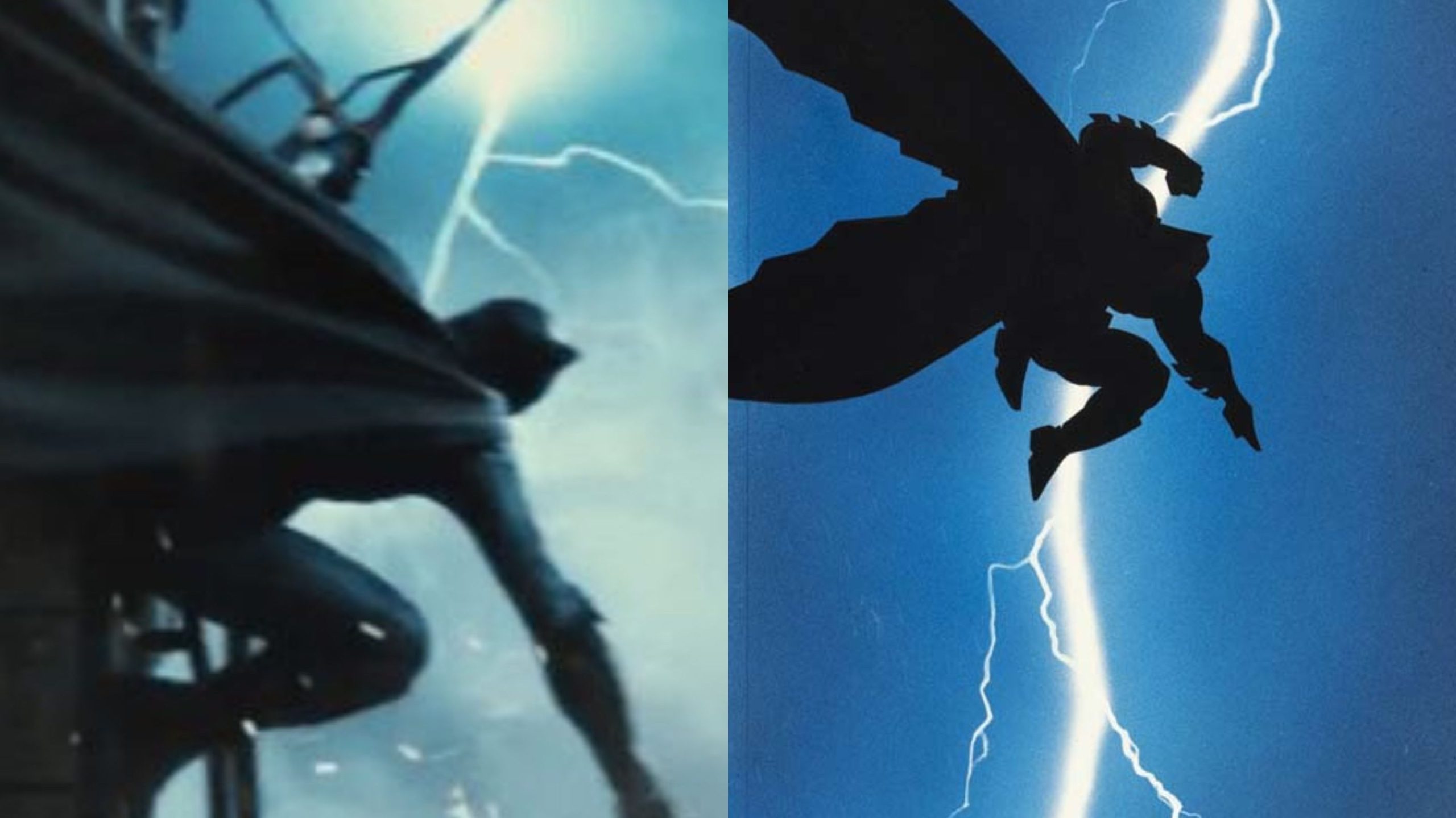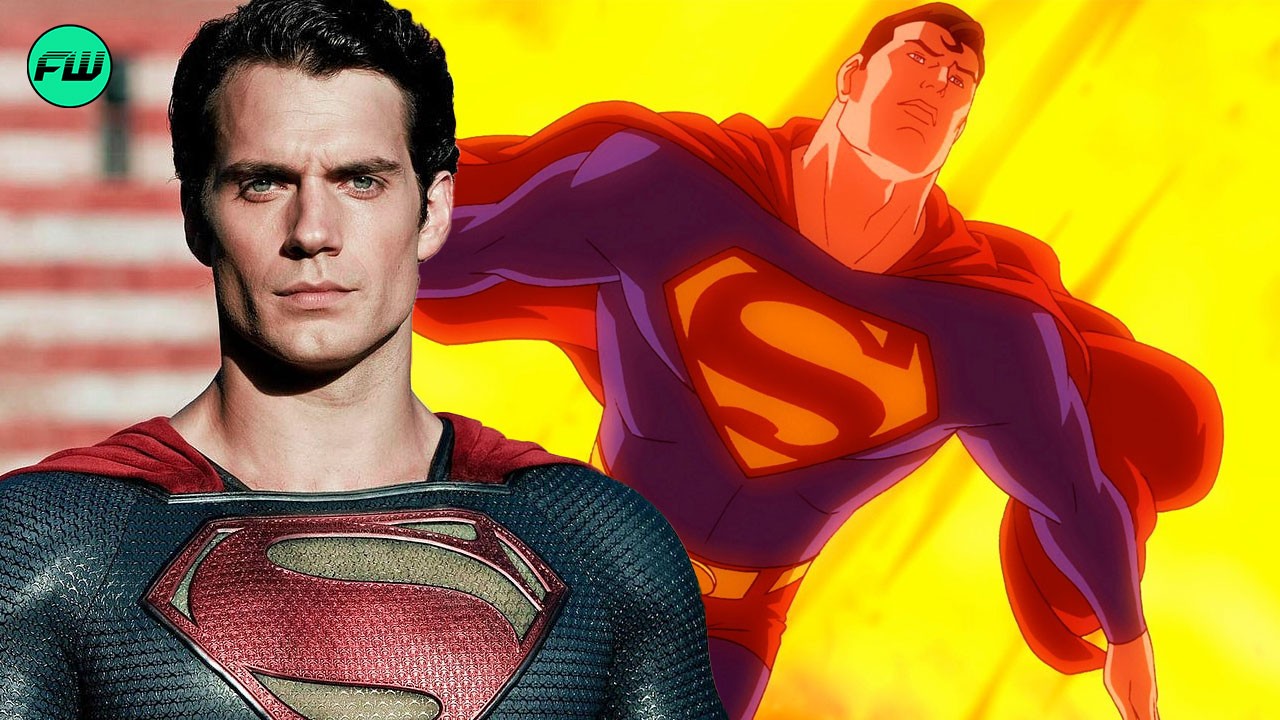In the vast realm of superhero storytelling, DC Comics has graced audiences with both animated and live-action adaptations, each offering a unique lens through which to explore the iconic characters and narratives that have captivated fans for decades. While the DC Extended Universe (DCEU) has made waves on the big screen with its live-action spectacles, it’s the DC Animation (DCA) that has quietly and consistently delivered storytelling excellence, winning the hearts of fans and critics alike.
As we embark on a journey through the animated realm, this article shines a spotlight on 5 aspects where the DC Animation soared to heights beyond the reach of the DCEU. From character depth to multiverse exploration, the animated medium has proven to be a canvas where the essence of DC Comics truly comes to life. Join us as we celebrate the triumphs of animation over live-action in the DC universe.
Also Read: The Dark Knight Killed Heath Ledger But Saved 1 Actor From Depression
5. Consistent Tone

The DCA has been lauded for maintaining a consistent tone that often aligns with the tone found in the source material. Across animated films like All-Star Superman, Batman: Year One and Justice League Dark, there is a deliberate effort to capture the essence of DC Comics. The tonal consistency contributes to a cohesive viewing experience, allowing fans to immerse themselves in a world that feels faithful to the comic book roots. This tonal uniformity is particularly evident in the way the DCA balances humor, drama, and action. The animated medium provides flexibility in depicting a variety of tones, and the DCA uses this advantage to create a harmonious blend that resonates with fans of all ages.
In contrast, the DCEU has faced criticism for tonal inconsistencies across its films. The universe kicked off with a darker and more serious tone in Man of Steel and Batman v Superman: Dawn of Justice, but subsequent entries like Wonder Woman and Aquaman introduced a more lighthearted and hopeful atmosphere. The tonal shifts within the DCEU have sparked debates among fans and critics. While some appreciate the diversity in tones, others argue that the lack of a consistent approach affects the overall cohesiveness of the cinematic universe. The DCEU’s attempt to find a balance between the gravity of its characters and the desire for more light-hearted moments has resulted in a varied tonal landscape.
The animated medium has allowed for a more seamless integration of various tones, creating a unified and immersive experience. On the other hand, the DCEU’s exploration of different tones reflects an evolving approach to storytelling, though it has been met with both praise and criticism. As the cinematic universes continue to expand, the treatment of tone remains a distinctive factor that shapes the audience’s connection to the beloved characters and narratives from the world of DC Comics.
4. Visual Style

The visual style of a superhero universe is a defining element that shapes the way audiences perceive and connect with iconic characters and their narratives. In the expansive world of DC Comics adaptations, the approach to visual aesthetics distinguishes the DCA from the DCEU, each offering a unique lens through which to experience the superhero spectacle. The DCA, through its animated format, has carved out a distinctive visual identity that pays homage to the iconic artistry found within DC Comics. Animated films like Justice League: The New Frontier and Batman: Mask of the Phantasm showcase a commitment to capturing the essence of comic book illustrations.
However, the DCEU has encountered criticism for visual inconsistency across films, with varying approaches to cinematography and CGI quality. While some entries, like Wonder Woman, have been praised for their visually striking moments, others have faced scrutiny for a darker color palette and uneven CGI execution. While also borrowing iconic shots from comic books, such as Affleck’s epic shot of Batman in front of a bolt of lighting as seen on the cover of The Dark Knight Returns.
In the realm of visual style, the DCA stands out for its ability to authentically translate comic book aesthetics to animation, offering a consistently vibrant and dynamic visual experience. The DCEU, while achieving cinematic spectacle, grapples with the challenges of maintaining visual consistency across its live-action adaptations. As both universes continue to evolve, the exploration of visual style remains a key element in shaping the immersive experience of DC Comics on screen. The animated canvas of the DCA allows for a more seamless adaptation of comic book visuals, while the DCEU continues to navigate the complexities of translating iconic imagery to the grandeur of live-action cinema.
Also Read: Fans Discuss if Gotham Knights Is as Bad as We All Originally Thought
3. Cohesive Storytelling

Cohesive storytelling is the backbone of any successful cinematic universe, providing audiences with a seamless and engaging narrative experience. The DCA has garnered acclaim for its meticulous crafting of a unified and interconnected narrative across a series of animated films. From Justice League: The Flashpoint Paradox to Justice League Dark: Apokolips War, the DCA establishes an overarching storyline that ties individual films together, creating a sense of continuity and progression. This interconnected approach allows for the exploration of character arcs, thematic consistency, and the gradual evolution of the DC animated universe. Viewers witness the consequences of events from one film influencing the landscape of subsequent stories, fostering a sense of investment and connection to the unfolding narrative tapestry.
Conversely, the DCEU has faced challenges in maintaining a cohesive narrative thread across its films. While certain entries, such as Suicide Squad and Birds of Prey share interconnected elements, subsequent films like Shazam! and Wonder Woman 1984 have adopted more standalone approaches. The DCEU has encountered criticisms for tonal inconsistencies and the absence of a cohesive plan early in its development. However, recent endeavors, such as Zack Snyder’s Justice League, have sought to address these concerns by providing a more interconnected and coherent vision for the cinematic universe.
The DCA sets a notable standard by meticulously building a narrative continuity that spans multiple films. The animated format allows for a more seamless integration of interconnected storylines, offering fans a comprehensive and immersive experience. The DCEU, on the other hand, has navigated a more challenging path to cohesion, with varying degrees of success in connecting its diverse range of films. As the cinematic universe continues to evolve, recent endeavors indicate a renewed commitment to establishing a more interconnected narrative, aligning more closely with the success achieved by its animated counterpart.
2. Character Development

The journey of superheroes is not merely confined to the battles they face but extends to the depth of their character development. The DCA has become renowned for its commitment to exploring the emotional and psychological dimensions of beloved DC characters. Animated films such as Batman: Hush and Batman vs. Robin delve into the complexities of heroes and villains, providing audiences with nuanced character arcs. The animated format allows for an in-depth exploration of character backgrounds and motivations, fostering a connection between viewers and the characters they’ve grown to love. From the evolution of Batman’s brooding demeanor to the internal struggles of characters like Damian Wayne, the DCA offers a rich tapestry of character development that unfolds over multiple films.
Films such as Blue Beetle and Black Adam have portrayed the origin stories of iconic characters, showcasing their growth from ordinary individuals to heroes. However, the DCEU has faced criticism for uneven character development across films, with some characters receiving more attention than others. More recently, the DCEU was struggling to tell a rich and compelling arch for the Justice League that started with Batman v. Superman: Dawn of Justice and quickly concluded with a follow-up film in 2017’s Justice League. However, the film flopped and fans demanded the original cut of the movie. It wasn’t until 2021 when fans were able to have a much more understood and realized story for the heroic team in Zack Snyder’s Justice League.
Both the DCA and the DCEU have made significant contributions to the evolution of DC Comics characters on screen. The DCA’s animated canvas allows for a more intricate and serialized exploration of characters, while the DCEU, operating in the live-action realm, seeks to balance the epic scale of superhero storytelling with the intimate journeys of its characters. As audiences immerse themselves in these cinematic universes, the evolution of characters remains a pivotal element that defines the emotional resonance and lasting impact of DC Comics adaptations. Whether animated or live-action, the exploration of character development continues to be a compelling aspect of the superhero storytelling experience.
1. Faithfulness to Source Material

The DCA has earned acclaim for its unwavering dedication to faithfully adapting classic storylines and characters from DC Comics. Animated films like The Dark Knight Returns and Batman: The Killing Joke meticulously capture the essence of their comic book counterparts. The animation medium allows for a visual translation that often mirrors the distinctive art styles found in the source material, providing fans with a nostalgic and authentic experience. Beyond visual aesthetics, the DCA delves into the emotional and thematic nuances present in the comics. Character relationships, moral dilemmas, and the overarching philosophy of DC’s iconic heroes and villains are preserved, fostering a sense of continuity between the animated adaptations and the comic book canon.
The DCEU has embarked on a journey of reinterpretation, taking creative liberties with characters and storylines while preserving core elements of their comic book origins. Films like Batman v Superman: Dawn of Justice offer modernized and at times darker renditions of iconic stories such as The Dark Knight Returns, but still doesn’t manage to be a complete interpretation of the source material. While the DCEU’s approach has led to innovative storytelling and unique character arcs, it has also faced criticism for diverging from established comic book lore.
The DCA’s canvas allows for a more direct translation of the visual and thematic elements found in comics, providing a faithful and nostalgic experience. The DCEU, while navigating the challenges of live-action reinterpretation, continues to strive for a delicate balance between innovation and staying true to the essence of DC Comics. As audiences traverse these cinematic universes, the fidelity to the source material remains a crucial factor in shaping the connection between viewers and the timeless tales that have defined DC Comics for generations. Whether animated or live-action, the exploration of faithfulness to the source material continues to be a dynamic aspect of the superhero storytelling experience.
Follow us for more entertainment coverage on Facebook, Twitter, Instagram, and YouTube.

